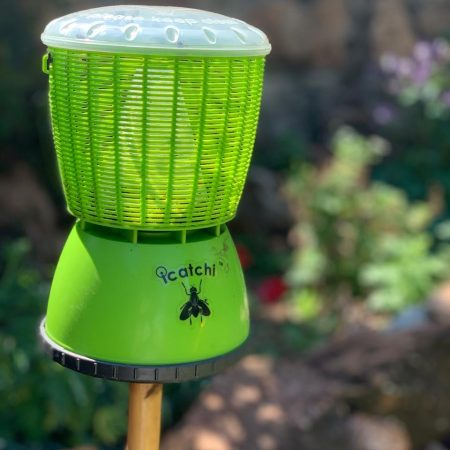


The upper-level course admitted students from all disciplines, such as computer science, psychology, literature, medicine, and media and visual arts, which resulted in lively exchanges in a group of people from diverse academic backgrounds. Likely, a lot of the ‘fortunes’ you will receive will be obscure.How can interactive technology enhance children’s literature? How can new materials and technology be incorporated into courses on children’s literature at the university level feeding upon the Human-Computer Interaction (HCI)? What is the best way to embed new materials such as paper circuits into a children’s narrative? This article offers a review of an experiment conducted at a liberal arts college where students were provided the theoretical and practice-based knowledge for designing children’s picturebooks, then asked to introduce circuit technology to their picturebook design. Use the Bible (with the method described above) to generate a story plot or character sketch. Use I-Ching, Runes or other tools to find similar ideas. If you don’t have your own deck, or just want the convenience of an online dealer and layout, here are several sites you can use to generate a layout: Pretend that what you see isn’t affecting your life, but the life of a character in your story. Pull out your trusty deck of tarot cards and lay out your favorite spread. Try several different tarot spreads or variations of other tools to find something you really like. Don’t rely on the first one you come up with. The wonderful thing about these tools is that the pieces are plentiful, and the combined combinations offer thousands of plots and characters. Combine several different verses to come up with an interesting idea. Some verses will speak of people (use those to build your characters) some verses will relate events or tell stories (use those for your plot). Use the single verse you’ve pointed to as a scene or story starter.įor more complexity, open several random sections in the Bible and drop your finger down. Randomly open the Bible to any section, close your eyes, and drop your index finger down on a passage. If none of those appeal, you can use the Bible to suggest interesting plots or characters as well. I-Ching, Runes, and tossing chicken bones could also be used.

In this case, you could simply ask, “What story should I tell?”ĭepending on the spread, or the layout of the cards, much can be predicted (that is, randomly generated) for a story. Generally, a question is asked of the cards before they are shuffled and dealt to their spread. Kinda gets watered down when you do that… So, don’t do that when you’re writing for real.)Ī tarot deck is a deck of playing cards, usually 78 in number, with four suits and a group of “major” cards, all of which have been assigned specific meanings. (Yeah, I started out tongue-in-cheek there, but didn’t want to offend anyone. Someone who will give you direction and/or tell you about those special characters who may be showing up sometime soon in your life. Why, to the same place you’d go if you were facing this same dilemma in life!Ī tarot card reader, a palm reader, your spiritual advisor, and the like. What do you do when you’ve got the inclination to write a story, and the time, but nowhere to go? You’ve got nothing: no plot, no character, no idea at all.


 0 kommentar(er)
0 kommentar(er)
